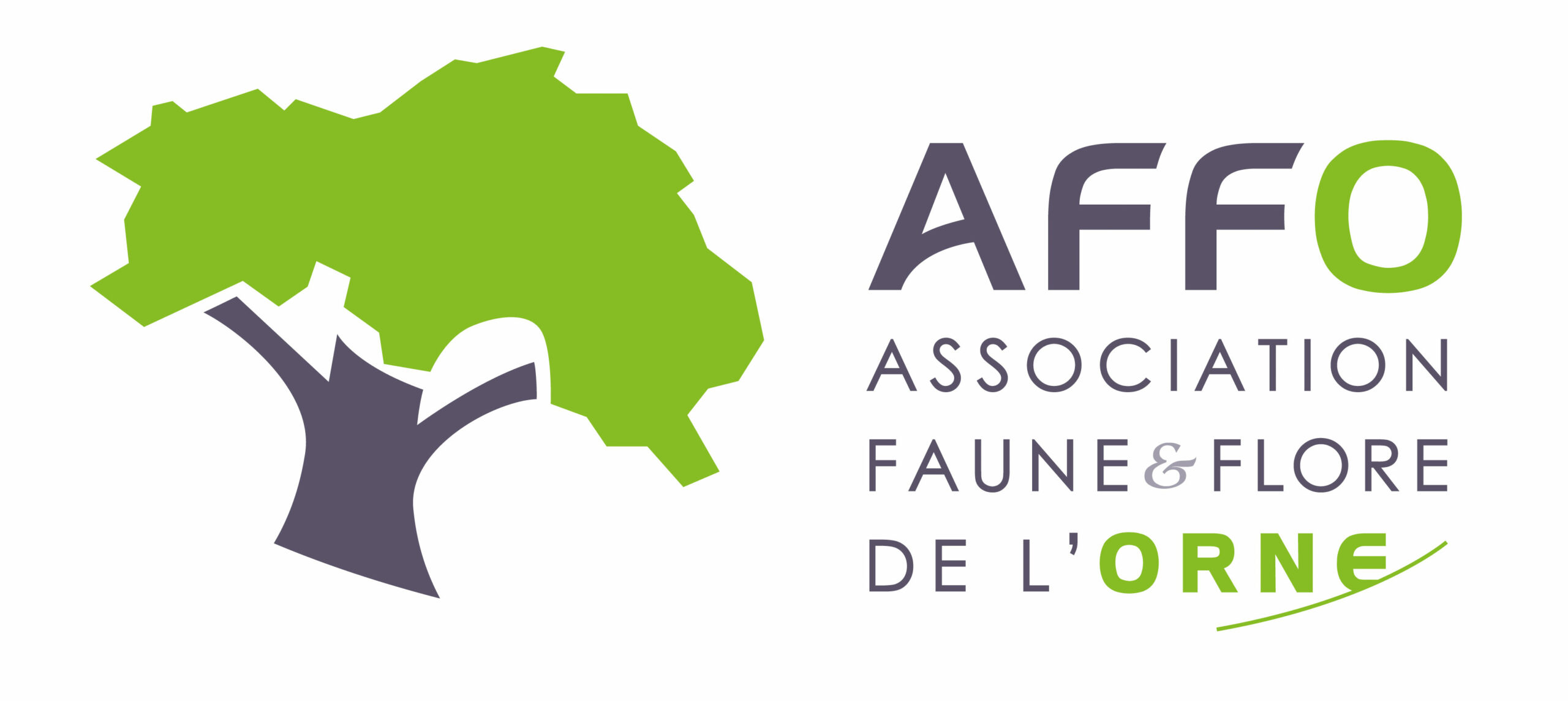Vous êtes sur le site officiel de l'observatoire de la biodiversité du Parc naturel régional du Perche.
Adresse : Courboyer, Nocé, 61340 Perche-en-Nocé
Tél : 02 33 85 36 36
Informations techniques
L'utilisateur du présent site reconnaît disposer de la compétence des moyens nécessaires pour accéder à ce site, l'utiliser, et avoir vérifié que la configuration informatique utilisée ne contient aucun virus et qu'elle est en parfait état de fonctionnement.
L'utilisateur reconnaît avoir été informé que le présent site est accessible 24 heures sur 24 et 7 jours sur 7, à l'exception des cas de force majeure, difficultés liées à la structure des réseaux de
communication ou difficultés techniques.
Pour des raisons de maintenance, le Parc naturel régional du Perche pourra interrompre le site et s'efforcera d'en avertir préalablement les utilisateurs.
En conformité avec les dispositions de la loi du 6 janvier 1978 relative à l'informatique, aux fichiers et aux libertés, le traitement automatisé de données nominatives réalisé à partir de ce site web a fait l'objet d'une déclaration auprès de la Commission Nationale de l'Informatique et des Libertés (CNIL).
Le Parc naturel régional du Perche met tout en œuvre pour offrir aux utilisateurs des informations et/ou outils disponibles et vérifiés, mais ne saurait être tenu responsable des erreurs, d'une absence de disponibilité des informations et/ou de la présence de virus sur son site.
Les informations collectées auprès des prestataires touristiques, sont supposées exactes au moment de leur diffusion sur le site mais ne sont pas contractuelles.
Loi Informatique et libertés
L'utilisateur est informé, conformément à l'article 27 de la loi Informatique, fichiers et libertés du 6 janvier 1978, que les informations facultatives qu'il communique en répondant s'il le souhaite aux formulaires présents sur le site permettent de répondre à sa demande, et sont destinées au Parc naturel régional du Perche, responsable du traitement, à des fins de gestion administrative et commerciale.
L'utilisateur est informé qu'il dispose d'un droit d'accès et de rectification relativement à l'ensemble des données nominatives le concernant en écrivant au Parc naturel régional du Perche.
Propriété, droit d'auteur, responsabilité
La structure générale, ainsi que les logiciels, textes, images animées ou non, son, savoir-faire, et tous autres éléments composant le site sont la propriété exclusive du Parc naturel régional du Perche.
Toute représentation totale ou partielle de ce site par quelque procédé que ce soit, sans l'autorisation expresse du Parc est interdite et constituerait une contrefaçon sanctionnée par les articles L.335-2 et suivants du Code de la propriété intellectuelle.
Il en est de même des bases de données figurant sur le site web, qui sont protégées par les dispositions du Code de la propriété intellectuelle portant transposition de la directive européenne du 11 mars 1996 relative à la protection juridique des bases de données.
Le Parc du Perche s'efforce de maximiser l'exactitude des informations mais ne peut la garantir ni en établir l'exhaustivité. Le Parc décline donc toute responsabilité en cas d'erreur ou d'omission.
Le Parc se réserve le droit de modifier, tout ou partie des informations contenues dans les pages de ce site Internet, à tout moment et sans notification préalable.
Il appartient à l'utilisateur de ce site de prendre toutes les mesures appropriées de façon à protéger ses propres données et/ou logiciels de la contamination par d'éventuels virus circulant sur le réseau Internet. De manière générale, le Parc décline toute responsabilité à un éventuel dommage survenu pendant la consultation du présent site.
Lois de référence
Loi 78-17 du 6 janvier 1978 Loi relative à l'informatique, aux fichiers et aux libertés
Loi du 29 juillet 1881 Loi sur la liberté de la presse.
 Attention : cette espèce peut être présente où il n’y a pas de maille, mais à ce jour elle n’y a pas encore été observée.
Attention : cette espèce peut être présente où il n’y a pas de maille, mais à ce jour elle n’y a pas encore été observée.










